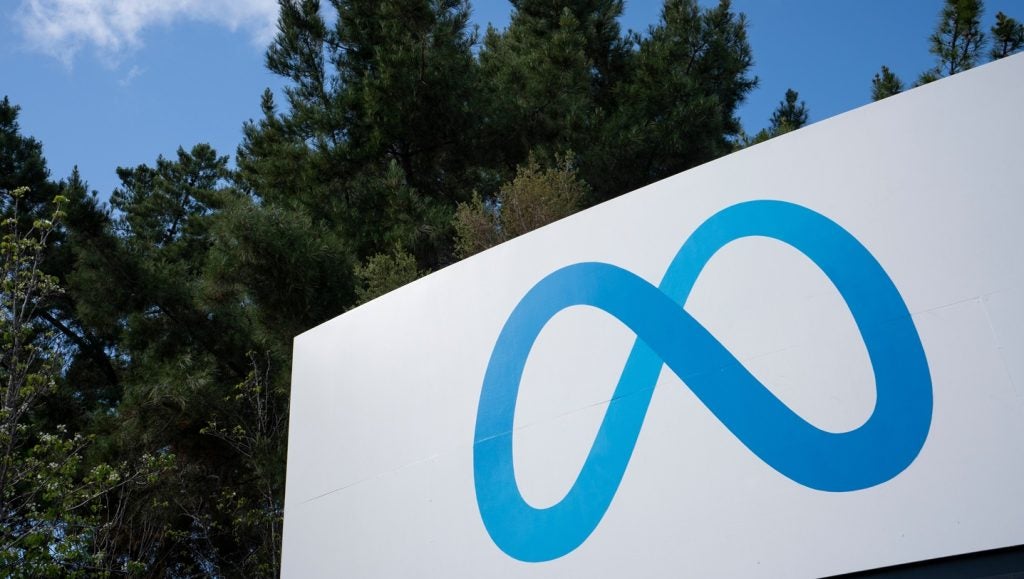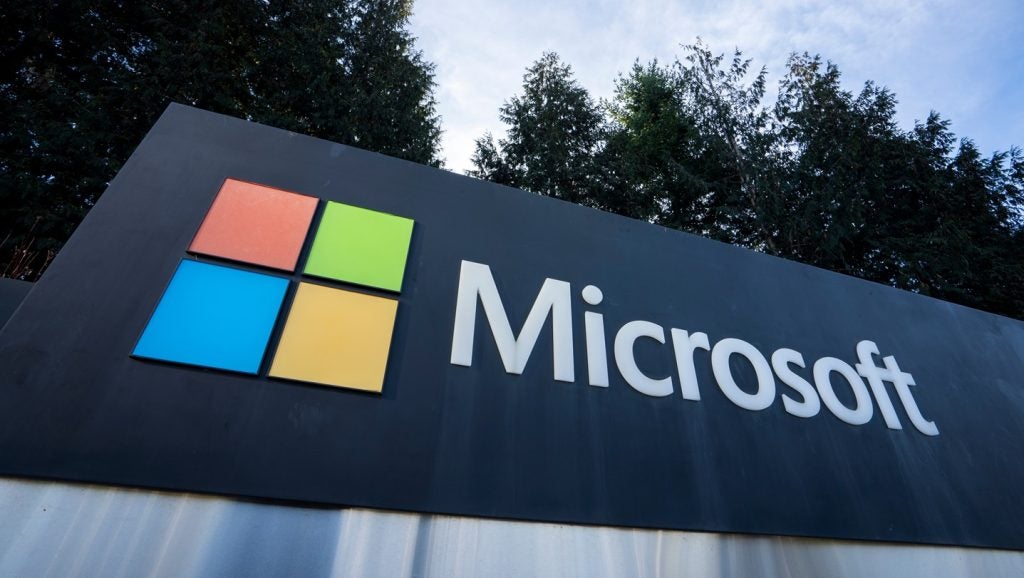
Internet giants Google and Facebook have announced that they will join hands to build a new undersea cable, boosting internet capacity in the Asia-Pacific region.
The new Apricot subsea cable system is expected to go live in 2024, subject to regulatory approval, and will connect Japan, Taiwan, Guam, the Philippines, Indonesia, and Singapore.
According to Facebook’s press release, the cable will be 12,000 kilometres long and will feature an initial design capacity of more than 190 terabits per second to meet rising 4G and 5G demands in the Southeast Asian region.
The news follows Facebook’s announcement earlier this year that it was working on two undersea cables, Echo and Bifrost, which will connect North America and Southeast Asia. Notably, the social media giant had to amend its initial plan for a direct US-China connection after it was blocked by the US government.
In a separate instance, Facebook and Amazon announced last week that they had requested approval from the US government to operate a new cable between the Philippines and California after China Mobile quit the plan.
This further underscores the geopolitical tensions between China and the US. Washington has repeatedly expressed concerns about China’s involvement in handling network traffic and the potential for espionage. Facebook, Amazon, and China Mobile withdrew their application to connect San Francisco and Hong Kong as part of the Bay to Bay Express Cable System in September 2020.
In May 2019, the Federal Communications Commission (FCC) voted unanimously to deny China Mobile the right to provide services to the US, citing risks that the Chinese government could use the technology to conduct espionage against the US government.
Following China Mobile’s exit from the latest project, Facebook and Amazon jointly filed for FCC approval. They told the agency that they intended to start commercial operation by late 2022, adding that the new data connection would provide significant new capacity on routes where capacity demand continues to increase substantially each year.
The undersea backbone of the internet
Virtually all the world’s internet infrastructure relies on undersea cables, with no substantial indication that satellites will become a likely substitute anytime soon.
Given the growing demand for connectivity worldwide, there have been several major infrastructure moves in the subsea cable industry in recent years, with all the major internet giants investing and building new cables.
As undersea fibres get broken all the time, either due to bad weather, ships or other things, it is vital that a region is connected to multiple cables. Three cables is regarded as a minimum for good connectivity. As a result, companies such as Facebook, Google and Amazon have a strong commercial incentive to build new cables and connect up more of the world’s population.
A look at the current undersea cable map shows that, although the Philippines is connected to various cables, most of these connections lead to Manila. Several landing ports in other parts of the country are still only connected to two cables or less. The arrival of two new lines could, consequently, increase the connectivity in some of the nation’s rural areas.
Similarly, many of Indonesia’s smaller cities on its numerous islands are only connected to one or two cables. Facebook and Google’s investment in the area could lead to increased connectivity, especially in the country’s rural areas.
The companies did not announce which landing points the different cables would lead to.
According to GlobalData’s latest report and forecast into Mobile Broadband in Indonesia, the population is rapidly getting onto the mobile network. The data shows that in 2020, 60% of the population had access to 4G. By 2025, this number is expected to grow to 88%. The percentage of 5G access is predicted to grow from zero to 13% in the next five years.







